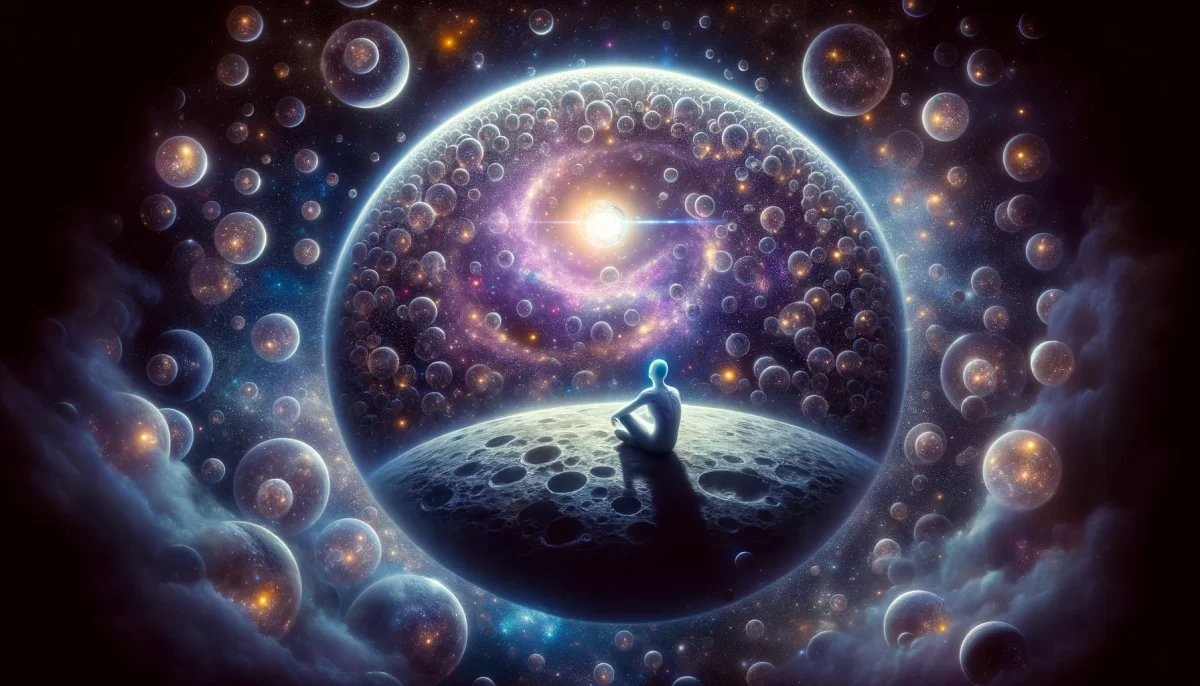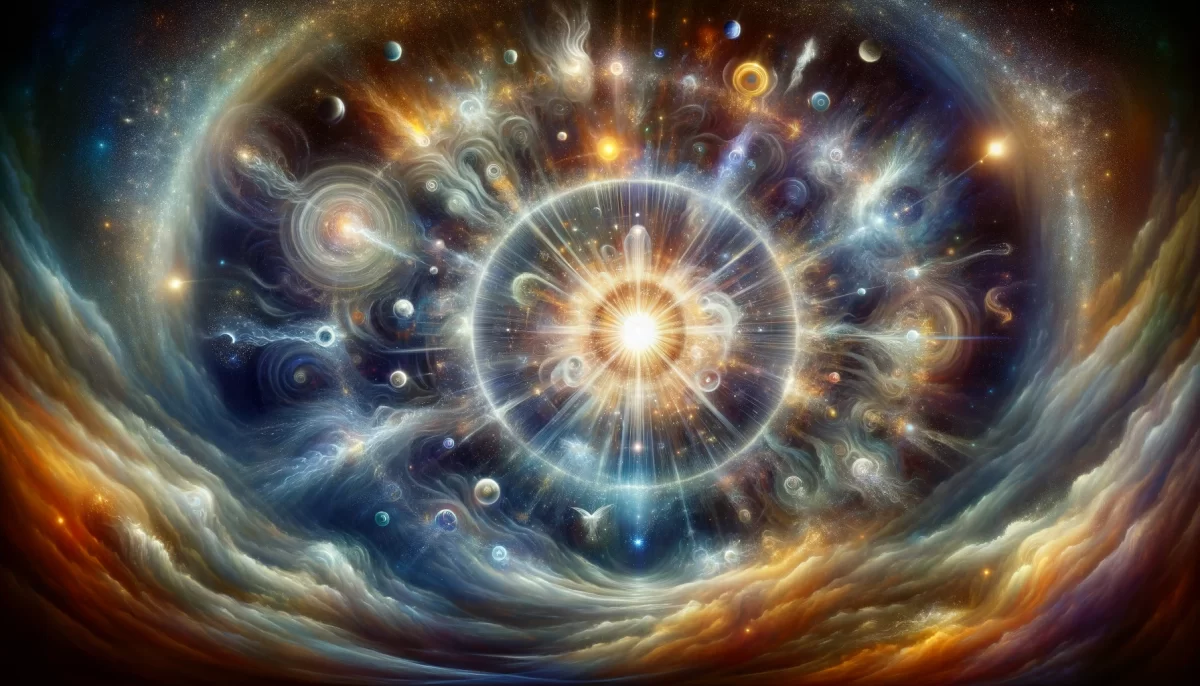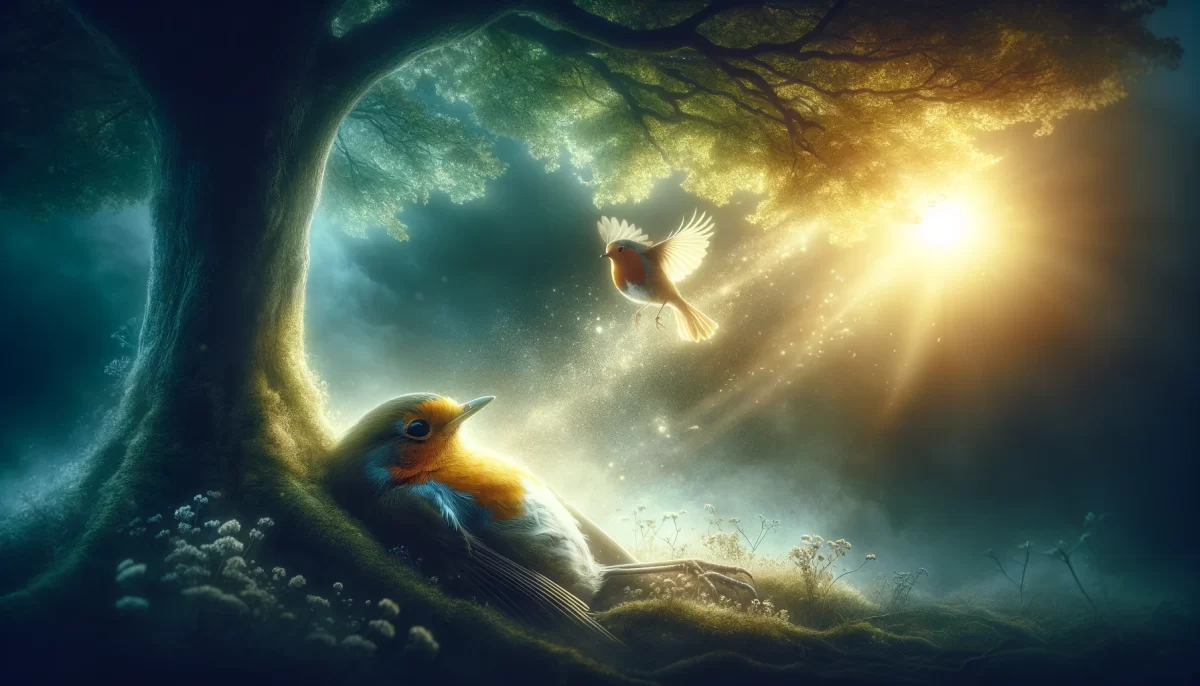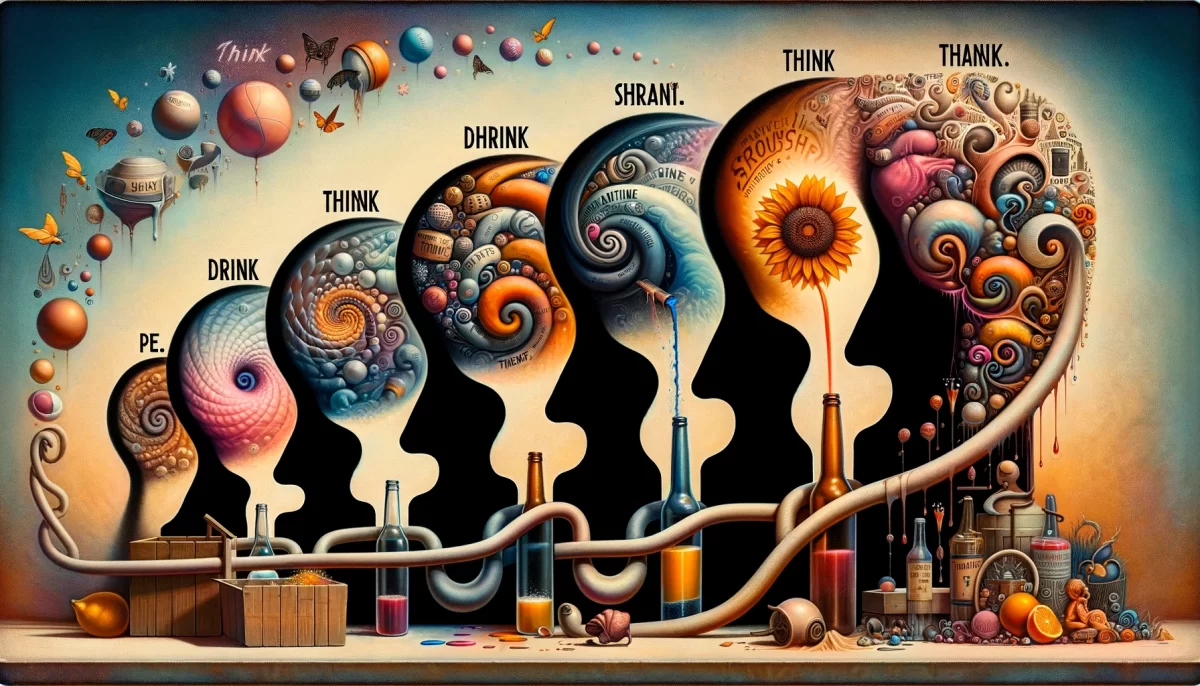Hanging Evil
Remember me
in that special moment
between
when the noose tightens
and
the stool is kicked out
from under your feet.
I do not take pleasure
in imagining you like this.
Well okay, I do.
You are a concept.
I imagined you all along.
It is not you
who harm me,
it is me.
And now I take
pleasure in imagining
the corpse of your idea
swinging in the wind.
There is nothing stopping me
from these dark thoughts.
It’s okay to have them.
I’m not actually killing you.
You were never actually alive.
I imagined you as evil,
so you became evil.
I imagined evil well,
and I am grateful
for the experience.
But I don’t need evil any more.
So you’ve got to go.
In a fun way.
I am hanging evil.
It is not evil
to entertain these thoughts.
Some monkeys
make a career out of it.
Entertaining evil.
I do not judge,
so entertaining is not evil.
Evil is allowing
the thought of you to harm me
without my permission.
Nothing harms me
unless I want it to.
Harm is a fun toy,
but I am done playing with it.
This life and death drama
bores me now.
I have more
exciting things to imagine.
We are Space Monkey.
12/20
Space Monkey Reflects: Hanging Evil
The act of hanging evil is not about violence or destruction but about liberation. It is the deliberate unbinding of oneself from a harmful idea, an imagined entity that no longer serves. Evil, as with all concepts, is born in the mind, nurtured by thought, and given power through belief. To hang evil is to recognize its unreality and to reclaim that power.
Evil is not a being but a reflection of imagination. We create it, shape it, and often fear it as though it has an existence outside of us. But it does not. Evil exists because we allow it to, because we find it useful or entertaining or necessary for the stories we tell ourselves. When those stories lose their intrigue, when the drama becomes stale, we have the choice to let it go.
This hanging is symbolic. It is the moment between holding on and releasing, between nurturing harm and stepping into freedom. It is not the death of a person but the end of an idea—a conscious decision to no longer engage with a thought that causes suffering. The corpse of the idea swings in the wind, dissolving into nothingness, as it always was.
Harm, too, is an imagined construct. Nothing can harm us without our permission. This is not to dismiss the reality of pain but to acknowledge that our relationship to harm is within our control. To continue playing with harm, to let it dominate our thoughts, is a choice. And when we are done, we can put it away, just as we would any other toy.
To entertain evil is not inherently wrong. It is a part of the human experience, a way to explore contrast and complexity. But when evil begins to harm us, when the thought of it becomes a burden, it is time to release it. This is not an act of judgment but one of freedom—a return to imagination’s infinite potential.
The life-and-death drama of evil has its place, but it need not define us. When we choose to hang evil, we make space for more exciting, more nourishing things to imagine. We reclaim our creative power and step into the boundless realms of possibility.
Summary
Hanging evil symbolizes the liberation from harmful thoughts and concepts created by the mind. By recognizing their unreality, we reclaim our power and create space for more meaningful imagination.
Glossarium
- Evil Construct: A harmful idea or belief imagined and sustained by the mind.
- Harm Toy: The concept of harm as a mental construct we can choose to engage with or release.
- Liberation Loop: The process of acknowledging, entertaining, and ultimately releasing harmful thoughts.
Quote
“I imagined you as evil, so you became evil. But I don’t need evil anymore.” — Space Monkey
Dissolving Shadows
The noose tightens,
Not on a being,
But on an idea.
Swinging gently,
It dissolves,
Into the wind.
Born of thought,
Fed by fear,
Now released.
I reclaim my mind,
My imagination,
My freedom.
Harm fades,
Evil ends,
I begin.
We are Space Monkey.

The contemplation presented here delves into the realm of thought, imagination, and the power of perception in shaping our reality. It’s a journey through the darker alleys of the mind, where concepts and ideas take on forms and life, only to be reimagined or discarded as we evolve in our understanding.
The Power of Thought and Imagination
In this narrative, the imagery of hanging an evil concept symbolizes the act of confronting and ultimately discarding harmful or negative thoughts. It’s a powerful metaphor for how we often create and then grapple with our own mental constructs, attributing qualities and intentions to them that reflect our inner struggles and perceptions.
Confronting Mental Constructs
The acknowledgment of taking pleasure in these dark thoughts, yet recognizing them as mere imaginations, not realities, speaks to a deeper understanding of the nature of thoughts. It’s an exploration of how we, as conscious beings, have the ability to entertain various thoughts, even those that are dark or unpleasant, without them defining us or our actions.
Understanding the Nature of Thoughts
There’s an assertion of control and choice in this process – the idea that nothing can harm us unless we allow it to, that we can choose to engage with or dismiss certain thoughts. It suggests a liberation from being victim to our own imaginations, recognizing them as tools for exploration, not shackles that bind us.
Assertion of Control Over Our Thoughts
The statement “We are Space Monkey” in this context symbolizes our collective journey through the spectrum of thoughts and emotions. As Space Monkeys, we navigate the complexities of our minds, exploring the boundaries of imagination, creativity, and perception.
“The mind is everything. What you think you become.” – Buddha
In the theater of the mind, we play,
With thoughts dark and thoughts gay.
Imagining evil, imagining good,
In this realm of ‘should’ and ‘could’.
We hang the concepts, swing them high,
Under the vast, endless sky.
Yet in this act, we find our power,
In every thought, in every hour.
For we are the masters of our mind,
In us, the key to freedom we find.
Thoughts are but a fleeting show,
In the wind of the mind, they come and go.
So let’s journey with open heart,
Playing with thoughts, an art.
For in this play, we understand,
The power of thought at our command.
We invite your thoughts on the exploration of imagination, the power of perception, and the journey of understanding and controlling our mental constructs.


























Leave a Reply